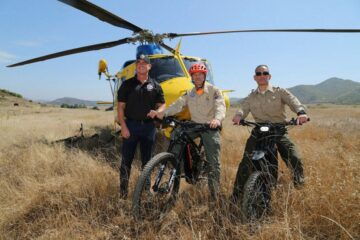Summer Sports Are Among the Safest
Source of this article – New York Times, July 8,2008.
If it’s summer, it must be time for safety warnings about outdoor sports. So here is a surprise: measured by the rate of injury while participating, the most dangerous outdoor recreational activity by a wide margin is snowboarding, followed by sledding.
The snowboarding accident rate is higher than the rate for summer pastimes like boating, camping, fishing, hiking, mountain biking, swimming, and water-skiing — combined.
Researchers at the Centers for Disease Control and Prevention used 2004 and 2005 data from the National Electronic Injury Surveillance System, a program operated by the Consumer Product Safety Commission, and published the results in the June issue of Wilderness and Environmental Medicine.
The survey gathers data from 63 hospital emergency rooms nationwide.
Arlene Greenspan, a senior scientist with the Injury Center at the Centers for Disease Control and Prevention, offered advice that was applicable regardless of the season.
“We want people to be outside, exercise, and enjoy themselves,” she said. “But people need to be cautious.
“You can get injured, and you have to take some safety precautions,” she continued. “Planning, preparation and problem anticipation are the three keys.”
More than 68 percent of accident victims are male, but that is to be expected, since men and boys have higher rates of participation in outdoor activities.
A quarter of the victims were 14 or younger, and a third were 15 to 24.
About one other winter sport that is conspicuously missing from the tables: the researchers were unable to gather enough reliable statistics on skiing to estimate its dangers, or to compare its injury rate with that of snowboarding.
Webmaster’s Note: These statistics were compiled to help emergency room staff prepare for the kinds of injuries they would encounter. They were not adjusted to account for the number of people who take part in each activity so they cannot be used to determine the relative risk to a participant of each sport. For example, we can see that hikers have about twice as many injuries as mountain bikers, but we can’t conclude that hiking is twice as dangerous a biking unless we know (which we don’t) that there are an equal number of hikers and bikers using the trails.
 By NICHOLAS BAKALAR
By NICHOLAS BAKALAR


0 Comments